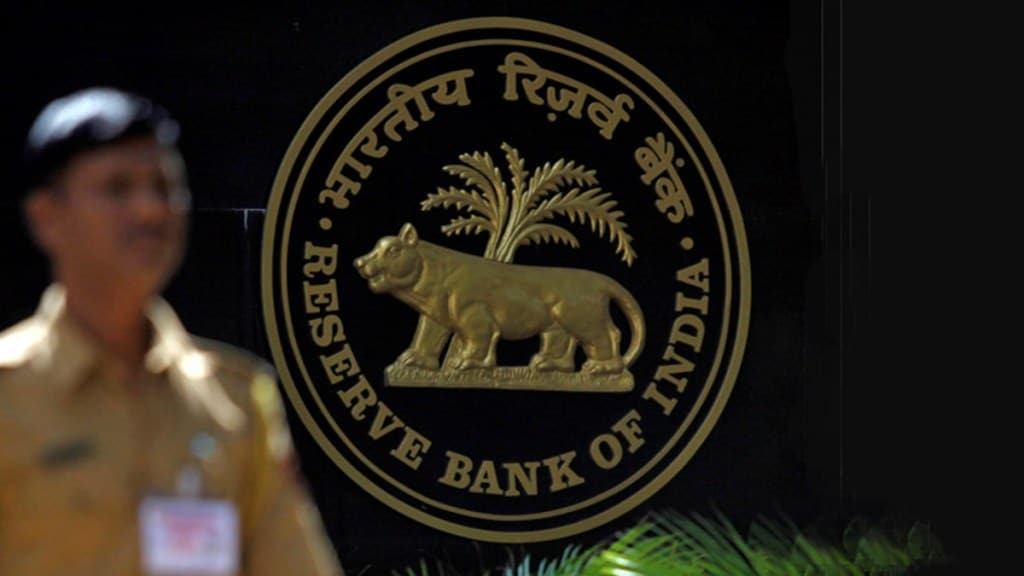By Jamal Mecklai
While the shock of Trump’s tariffs is wearing out, it is unfortunate that the excitement that this could turn out to be another 1991 opportunity for the Indian economy is also rapidly subsiding. To be sure, the government has cut goods and services tax (GST) and is in wide-ranging discussions with exporters to figure out the most efficient ways to provide support in the face of the sudden obstacle to sales.
However, there is no—or very little—talk about investing in the areas that India really needs to truly build a strong economy. The list of must-haves is well known: land reform, improving agricultural productivity, meaningful employment opportunities, addressing mispricing of power and transportation, the evergreen “ease of doing business”, and, of course, increasing investment in education, health, and R&D.
As it happens, we are in a reasonably good macro position with the government having done well in containing the deficit at 4.8% last year to where S&P gave us a pat on the back; again, there are signs that the government expects to hold this year’s deficit to target at 4.4%. Given this, and the fact that most people expect to feel a little pain as a result of the T-crisis, I believe it is an opportune time to increase investment to bring about meaningful change, even if it results in a slightly higher deficit. (The Chief Economic Advisor appears uncomfortable with this—at a recent event, two participants raised the issue, but he was firm, pointing out that this would put the government’s borrowing programme at risk. I don’t agree with his reading of the balance of risks.)
I acknowledge that it is true that today is not 1991 and we do not have our backs quite to the wall—we are still pulling in excellent growth. But given that the global environment is certain to remain difficult over the next couple of years at least, it is more than time that we take a more aggressive stance to addressing structural issues in the economy.
Weak rupee, weak results
One additional tool we can use to support this effort is exchange rate policy. Since January 20 this year, when the Big T came into our lives with a bang, the rupee has been the worst performer of 25 currencies we track (leaving out the two currency basket cases, Argentina and Türkiye). During this period, the DXY (dollar index) has fallen by 8.8% and all but three of the 23 currencies have strengthened—the three wobblers are INR (-1.8%), the Pakistani rupee (-1.1%), and the Indonesian rupiah (-0.2%).
The rupee has not responded at all to global dollar weakness; if (since January) it was floating freely with the dollar, USDINR would have been around 78 today. This would have been of great value in terms of inflation (and interest rates), but the Reserve Bank of India (RBI), like central banks in several competing countries, has clearly been single-mindedly looking after exporters. Unfortunately, this one-horse pony of keeping the rupee weak hasn’t helped at all—over the past 12 months, goods exports were more or less flat (they grew by an average of 0.2% year-on-year); this despite the fact that the rupee was nearly 9% weaker against the Euro which must have given some push to exports to Europe. On the other side, imports grew about 4% on average over the year, and since imports were more than 60% higher than exports, the impact on inflation was commensurately higher.
While the RBI has certainly managed inflation reasonably well, it would seem that a different approach to exchange rate policy—something along the lines of not pushing the rupee weaker when global growth is weak and uncertain—could further enhance inflation control which, particularly in a poor country like India, is the most crucial economic parameter.
Towards a smarter policy
There is no doubt that exports are critically important not just to bring in the bucks but also to push our industry to become more globally competitive. But the burning question is—and particularly since there is evidence that there are periods (and, sometimes, long periods) where rupee weakness is not correlated with export growth—are we going to keep pushing the rupee lower and lower forever into the future?
Sure, when global growth is strong, it makes sense to keep the rupee weak enough so our exporters could take advantage of the market. However, when growth is uncertain and we are fighting against the disproportionate tariffs, it seems to me that a weak rupee is actually squeezing the rest of the economy in service of exports that may not currently be in a position to add balancing value, as we have seen this year.
The RBI needs to develop a tool based on global growth forecasts and, perhaps, some measure of domestic competitiveness—AI, anyone?—to judge when to allow dollar weakness to seep into the market, strengthening the rupee, and when to actively push the rupee weaker.
The writer is CEO, Mecklai Financial.
Disclaimer: Views expressed are personal and do not reflect the official position or policy of FinancialExpress.com. Reproducing this content without permission is prohibited.


